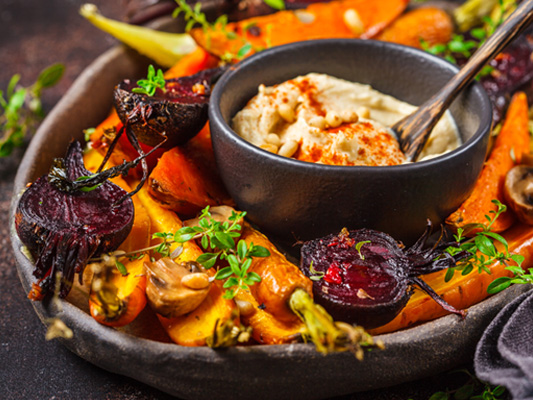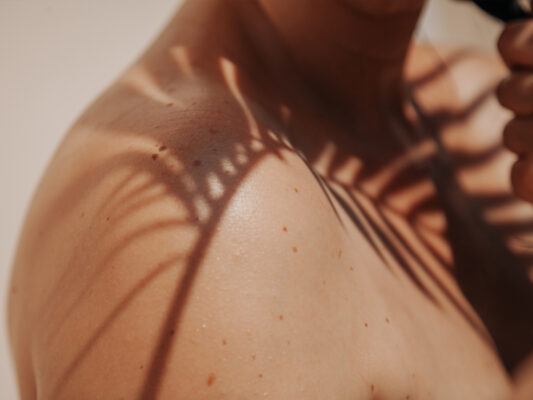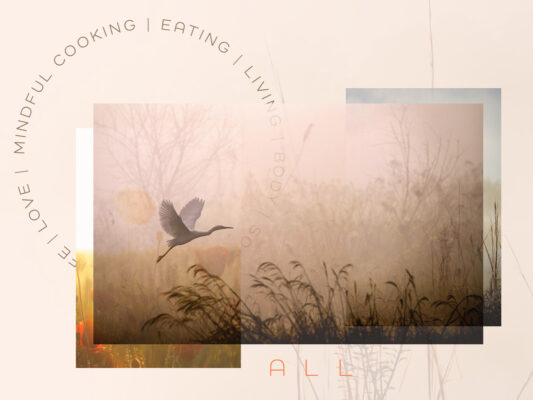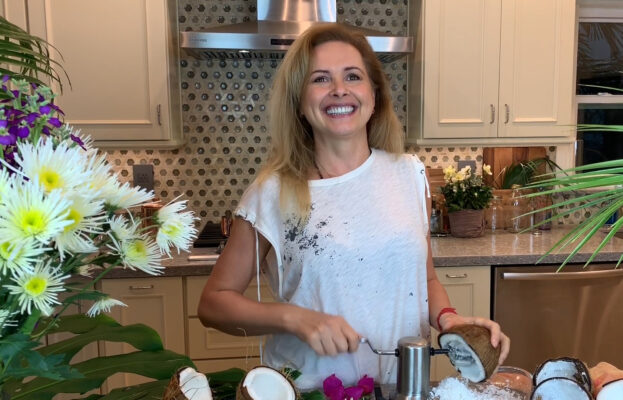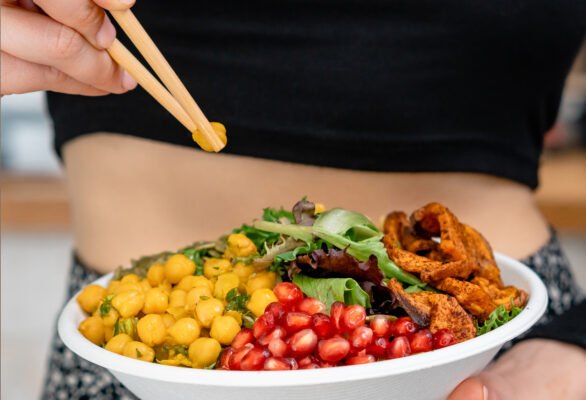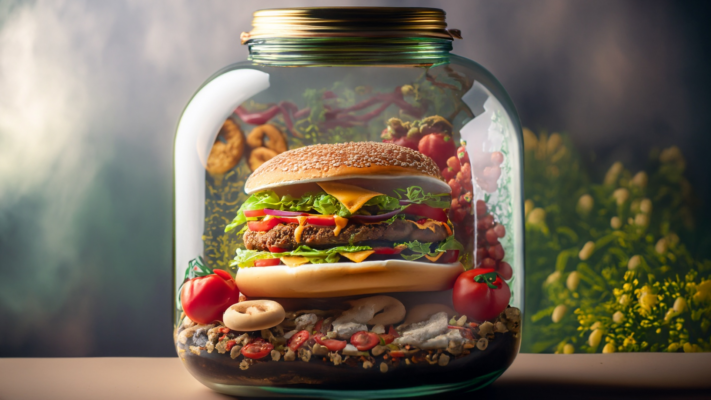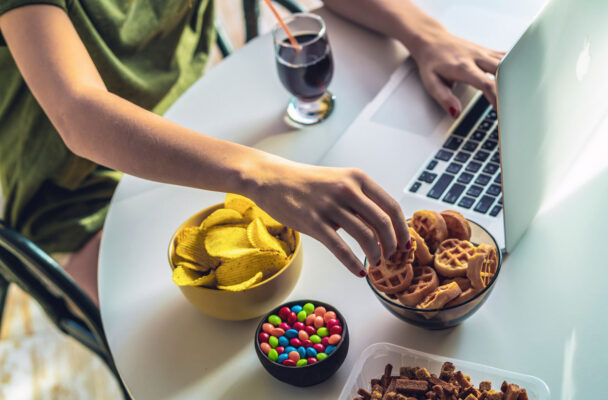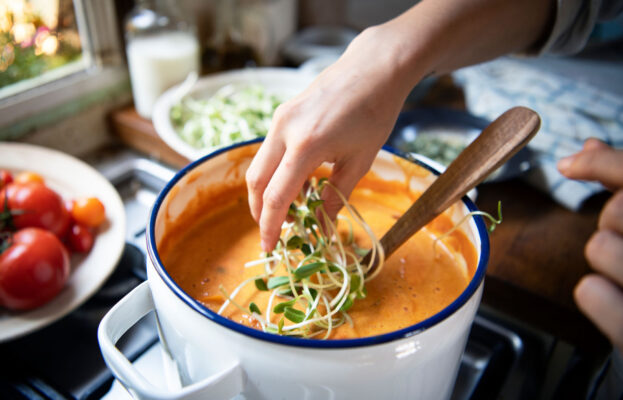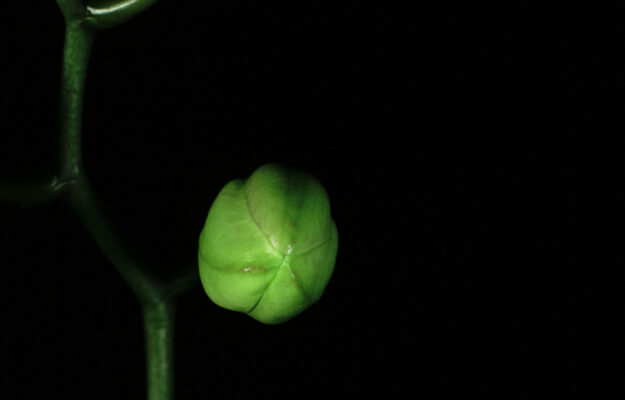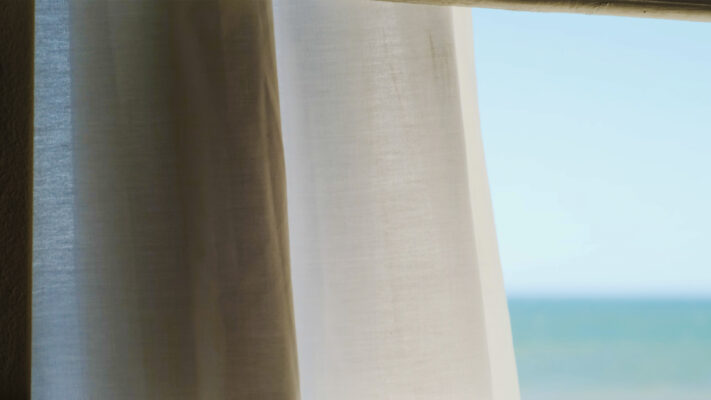The Irresistible Lure of Eye Hunger
Imagine you have just enjoyed a satisfying meal with a close group of friends at a cozy restaurant. The atmosphere is lively and warm, and the food is delectable. As the waitress approaches, she asks, “Would you like to see our dessert menu?” You initially want to decline, feeling full, but instead, you say, “It wouldn’t hurt to take a look.”
The dessert tray arrives, presenting an enticing selection: a fresh lemon tart topped with a dollop of whipped cream, a dark chocolate mousse sprinkled with ginger shavings, a thick slice of caramel-filled apple pie, and New York cheesecake drizzled with raspberry sauce. Despite your stomach’s objections, your eyes are captivated, and it becomes difficult to resist placing an order. Ultimately, visual appetite prevails, tempting you to indulge in dessert even though you’re already full.
You see, our eyes can have a profound influence on our food choices, often leading us to indulge in treats when we’re already full. This powerful force, known as visual appetite, can be harnessed in various ways, both intentionally and unintentionally, to influence our eating habits. The world around us is filled with visual cues that can trigger our visual appetite, making it difficult to resist temptation. Let’s take a closer look at how advertising, in particular, capitalizes on this phenomenon to persuade us to eat more than we need.

Sorry for this image; I’m just illustrating my point here 🤪
The Impact of Advertising on Visual Appetite
So far, we’ve seen how advertising, particularly in the food industry, can take advantage of our visual appetite to entice us to eat more than necessary. This potent force extends beyond advertising and can be seen in other aspects of our lives, like the layout of supermarkets, the presentation of dishes at restaurants, and even the way we serve ourselves at home. With a greater understanding of how our visual appetite can be manipulated, we can take steps to mitigate its impact and make healthier choices in our everyday lives.
You know how advertisers have a knack for creating mouthwatering food ads in magazines, billboards, TV, and even movie theaters? They hire specialized photographers to make food look irresistibly good, convincing our minds to ignore our stomach’s signals of fullness. The sight of delicious food can persuade your mind to override your stomach and body’s signals of satiety.
Imagine this: you’ve just had a nice meal and decide to catch a movie with your friends. As you get comfortable in your seat, you’re hit with those vivid ads for snacks and drinks. Even though you’re not hungry, that giant Snickers bar dripping with caramel gets your visual appetite going. And don’t even get me started on the smell of your friend’s large popcorn – it’s hard not to munch on it, right?
Now, let’s talk about social media. Have you ever scrolled through Instagram and stumbled upon a mouthwatering food photo? You’re not alone! This so-called “food porn” can make us crave and consume more food than necessary.
Ever noticed the way supermarkets are laid out? Colorful packaging displayed at eye level, candies and snacks conveniently placed near the checkout counter – these are all tactics to stimulate our visual appetite and get us to buy more.
And who hasn’t been tempted at a buffet or an all-you-can-eat restaurant? The vast array of visually appealing dishes encourages us to pile our plates high and consume more than we need. It’s hard to resist trying a little bit of everything, right?
Keep in mind those ads targeted at children during their favorite TV shows? They’re packed with colorful animated characters and eye-catching visuals, making kids desire unhealthy snacks and cereals.
And who can resist the lure of a beautifully plated dish at a high-end restaurant or the tempting sight of a decadent chocolate cake? Our eyes can deceive us into indulging in multiple courses and choosing the cake over a healthier salad.
To avoid falling for these visual tricks, try using smaller plates, bowls, and utensils, and fill half your plate with veggies and salad. By being mindful of our visual appetite, we can make healthier choices and better control our eating

Navigating the World of Social Media and the Visual Feast
Our visual appetite extends far beyond food – it influences how we perceive the world and the choices we make, from our social media feeds to product packaging. Once you grasp the power of visual appetite, you can make smarter decisions.
Take social media platforms like Instagram and Pinterest, for example. These platforms know we’re suckers for a stunning photo, so they feed us a never-ending smorgasbord of eye-catching images. From picture-perfect vacations to immaculate home interiors, these visuals tap into our desire for aesthetically pleasing experiences. Before we know it, we’re trapped in an infinite scroll, mesmerized by all the beautiful snapshots.
But it’s not just about pretty pictures. Social media also fuels our desire for novelty and new experiences. We’re constantly bombarded with images of exotic destinations, must-try food trends, and the latest fashion craze. This visual feast can make us feel like we’re missing out and lead us to make impulsive decisions or feel inadequate.
So, how do we keep our visual appetite in check? Start by setting some time limits on your social media use, and prioritize connecting with friends and family. Focus on the things that truly matter, like cultivating meaningful relationships and pursuing personal growth. And remember, the world we see through social media is often a carefully curated highlight reel – so don’t let it dictate your happiness or self-worth.
By being mindful of our visual appetite and its impact on our lives, we can make healthier choices, both online and offline.
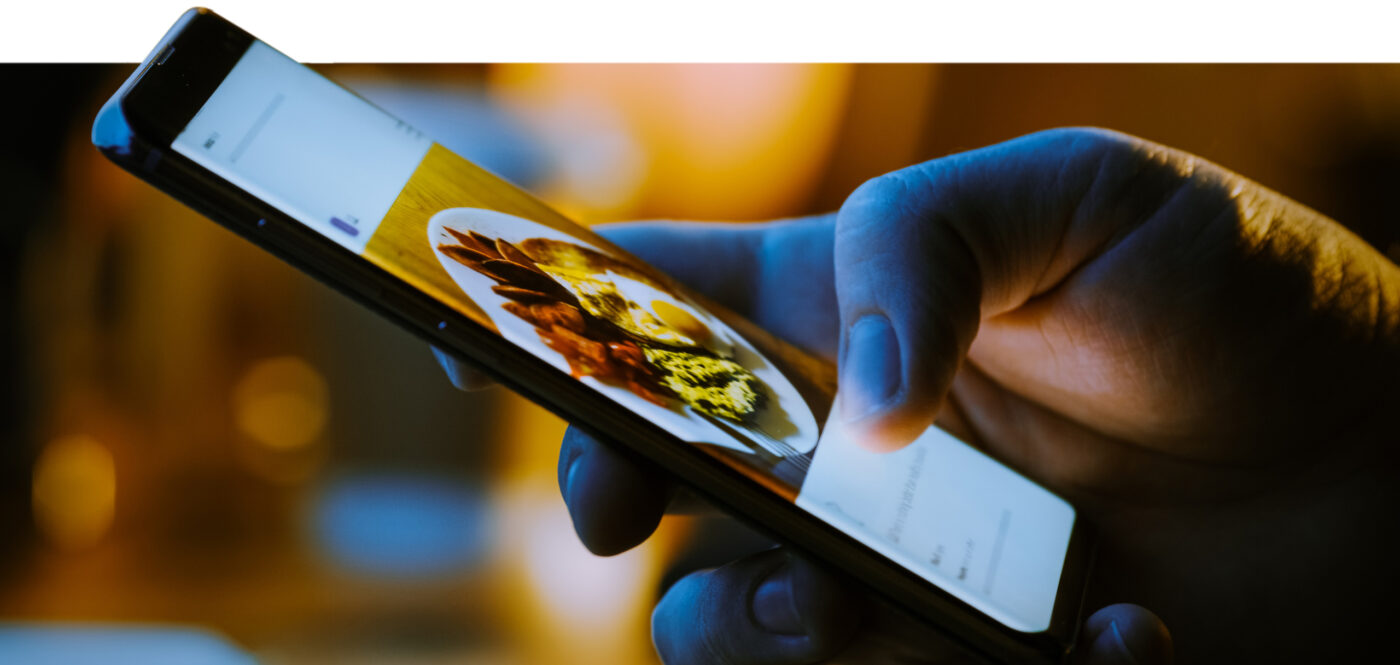
Cracking the Code on Product Packaging and Design
Did you know there’s a science behind product packaging and design? Oh yes, they’ve got our number, and they know exactly how to make us reach for our wallets. Vibrant colors, bold typography, and alluring images work together to create an irresistible siren call, luring us to buy things we might not even need.
But there’s more! Packaging designers employ clever tactics to make products stand out on store shelves. They use contrasting colors and patterns to catch our eye, emotional appeals to tug at our heartstrings, and promises of exclusivity to make us feel special. Have you ever bought a product simply because the packaging was so darn cute or sleek? You’re not alone. It’s all part of the grand plan to tap into our visual appetite and make us say “yes” to that impulse buy.
So how can we outsmart these packaging wizards and avoid being swayed by their visual sorcery? Here are a few tips:
- Create a shopping list: Before you hit the store, make a list of the items you need. This will help you stay focused and less susceptible to the allure of flashy packaging.
- Shop with a purpose: Know what you’re looking for and stick to your plan. Avoid wandering aimlessly through the aisles, where you might fall prey to tempting visuals.
- Compare products: Look beyond the packaging and compare the actual products based on their ingredients, quality, and price. Sometimes, a less flashy package might contain a superior product.
- Be mindful: Recognize when your visual appetite is being targeted and take a step back. Ask yourself if you truly need the product or if you’re simply being seduced by the packaging.

Now, let’s dive into some specific examples of tricky packaging tactics that companies use to entice consumers:
- “Greenwashing“: Companies may use eco-friendly imagery, like leaves and earth tones, on their packaging to give the impression that their products are environmentally friendly when they might not be. Always check for legitimate eco-labels and certifications, and research the company’s sustainability practices.
- Exaggerated serving sizes: Some food packaging presents nutritional information based on unrealistically small serving sizes, making it appear healthier than it is. Be sure to double-check the serving size and adjust your consumption accordingly.
- Misleading product claims: Some products use buzzwords like “natural,” “artisanal,” or “pure” to make them sound healthier or more exclusive. These terms are often unregulated and may not hold much meaning. Look for specific certifications or evidence to back up such claims.
- Deceptive package sizing: Companies might use oversized packaging to give the illusion of more product, or they might settle the contents to one side to make the package appear fuller. Check the actual weight or volume of the product before making your purchase.
- “Window dressing“: Some products feature a transparent window showcasing only the most visually appealing part of the item, while the rest of the product might not be as attractive. Be aware of this tactic, and don’t judge a product solely by what you see through the window.
- Mascots and characters: Packaging that features popular cartoon characters or mascots can be especially appealing to children, encouraging impulse buys. Stick to your shopping list and resist the temptation to buy products solely based on their character.
By being aware of these specific examples and tactics and with these handy tips, you can navigate the aisles with a discerning eye and avoid falling for deceptive packaging tricks. Shop smart and let your visual appetite work for you, not against you!
Our visual appetite has a profound impact on our daily lives, shaping not only our food choices but also our purchasing decisions. From mouthwatering food advertisements to sneaky product packaging tactics, our eyes are constantly being enticed by a visual feast. By becoming aware of these unseen influences and mastering the art of mindful decision-making, we can take control of our visual appetite and make smarter choices that ultimately benefit our health, our wallets, and the environment. So, let’s embrace the power of our visual appetite, use it to our advantage, and enjoy the feast responsibly!

Eye Candy Cravings: Addressing Visual Hunger in a World of Temptations
Visual hunger is this sneaky force that tricks our minds into thinking we’re hungry when we’re not, and it’s fueled by all the food images we come across daily. Ads, social media – you name it – we’re surrounded by mouthwatering food visuals that entice our eye hunger, sometimes leading to overeating and less-than-healthy choices. It’s like our eyes are constantly attending a never-ending buffet, making it difficult to resist those delectable dishes.
So, how do we keep visual hunger in check? First, let’s be aware of how much these images influence the way we eat and the choices we make. Learn to tell the difference between real hunger and just craving that picture-perfect dish. Start paying attention to your body’s true hunger signals and make mindful choices, even when faced with the most Instagram-worthy meals.
Remember the classic cartoon scene where a character’s hunger is portrayed by turning everything around them into a delicious-looking treat? That’s how powerful visual hunger can be!
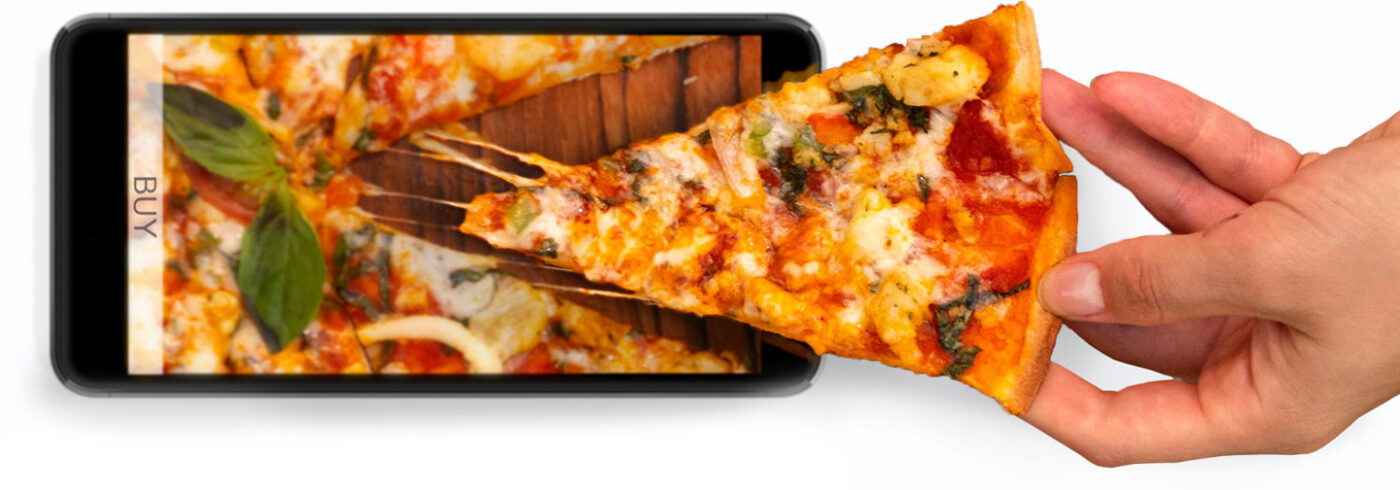
Here are some tips to help you address visual hunger mindfully:
- Be mindful of your exposure to food images, particularly on social media, and their impact on your cravings. It’s like window shopping for your stomach – the more you look, the more you’ll want.
- Practice mindful eating by focusing on the taste, texture, and aroma of your food, rather than how it looks. Imagine you’re a food critic, savoring each bite and appreciating its flavors and textures.
- Choose smaller plates and bowls to serve your meals, as this can create the illusion of a fuller plate, satisfying your eye hunger. It’s like tricking your eyes into thinking they’re at a lavish feast when it’s really just a sensible portion.
- Incorporate a variety of colorful and nutritious foods in your meals, which will not only satisfy your eye hunger but also provide essential nutrients. Think of your plate as an artist’s palette, filled with vibrant colors that are as pleasing to the eye as they are to your body.
By understanding visual hunger and its impact on the way we eat, we can make more conscious choices that support a healthier lifestyle while still enjoying the beauty in our meals. After all, there’s no reason we can’t feast with our eyes and nourish our bodies at the same time!
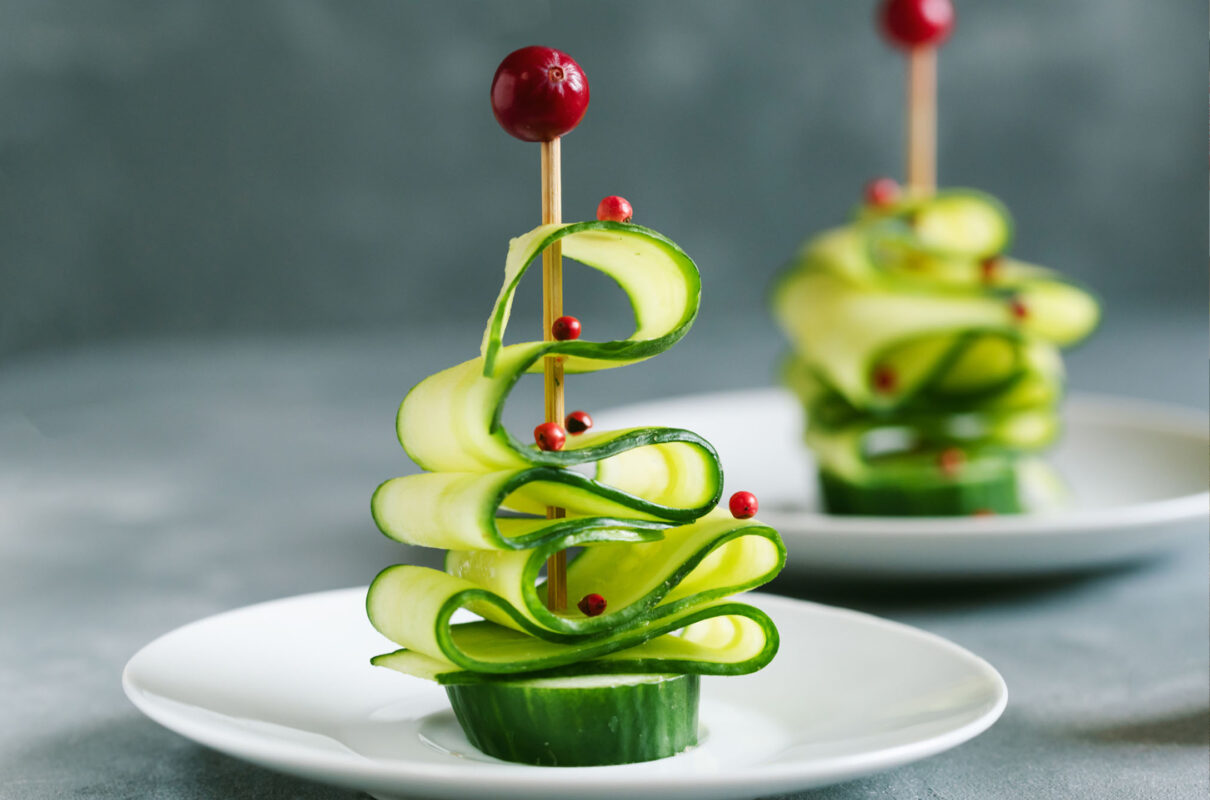
Feeding Your Eyes with Beauty: Satisfying Visual Hunger Beyond Food
Our visual appetite isn’t limited to food – it extends to all aspects of our lives. By surrounding ourselves with beauty, such as art, nature, and aesthetically pleasing environments, we can satisfy our visual hunger in a more holistic way. Immersing ourselves in the world’s wonders and appreciating the beauty around us allows us to nourish our eyes with a rich visual diet that goes beyond the culinary realm.
As a home cook, I find immense joy in every step of the cooking process, from selecting ingredients to setting the table and savoring the multisensory experience of eating. That’s why, when I dine out, the visual appeal of the restaurant’s atmosphere and setting plays a significant role in my choice. The ambiance, food presentation, and overall aesthetics are all crucial elements that contribute to a truly satisfying dining experience.
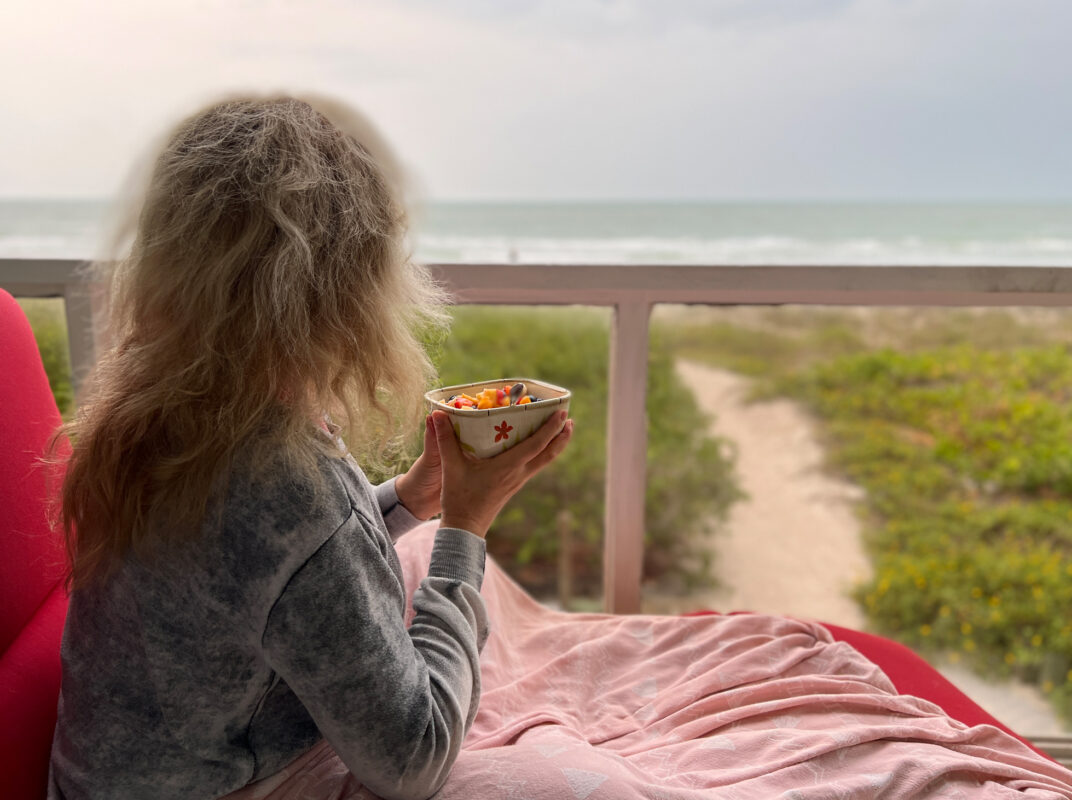
Balancing Visual Indulgence with Healthier Choices
There’s something magical about feasting our eyes on beautiful things, whether it’s art, nature, or the culinary creations on our plates. Our eye hunger finds immense satisfaction in observing beauty, and this can be a delightful experience that we shouldn’t overlook. The key is to balance our visual indulgence with healthier choices, so we can savor the aesthetic pleasure without compromising our well-being.
I recall attending a dinner party at a friend’s house, where the host had gone the extra mile to prepare a meal that was not only a feast for the eyes but also nutritionally well-rounded. The table was bedecked with an array of vibrant, colorful dishes, such as a rainbow-hued roasted vegetable medley, a quinoa salad studded with bright red peppers and verdant green onions, and a succulent salmon fillet glistening with a tangy citrus glaze. It was like stepping into an art gallery, with the table as the canvas and each dish a masterpiece.
As I indulged my visual appetite, I was struck by the fact that the meal’s beauty went beyond just its appearance – it was thoughtfully balanced and packed with nutritious ingredients. I left the party feeling both satisfied and nourished, with no guilt or discomfort weighing me down.
So, in the spirit of embracing beauty and balance, let’s explore how we can integrate visual indulgence with healthier choices, both in our meals and our surroundings:
- Seek beauty beyond food: Engage with art, visit scenic locations, and create visually pleasing environments in your own home to fulfill your visual hunger in a broader sense.
- Prioritize aesthetics when dining out: Choose restaurants that not only offer delicious and nutritious dishes but also provide a visually stunning atmosphere and setting.
- Create a colorful plate: Incorporate a variety of vibrant fruits and vegetables into your meals. These not only satisfy your eye hunger but also provide essential nutrients for your body.
- Choose whole grains and lean proteins: Opt for ingredients like quinoa, brown rice, and grilled chicken or fish to create visually appealing yet well-balanced meals.
- Play with textures: Experiment with different textures, such as crunchy vegetables, smooth yogurt, or tender fish, to maintain visual interest while still focusing on healthful options.
- Savor each bite: When indulging in occasional treats, be mindful of the portion and savor each bite. This approach allows you to enjoy the visual appeal of indulgent foods without compromising your overall well-being.
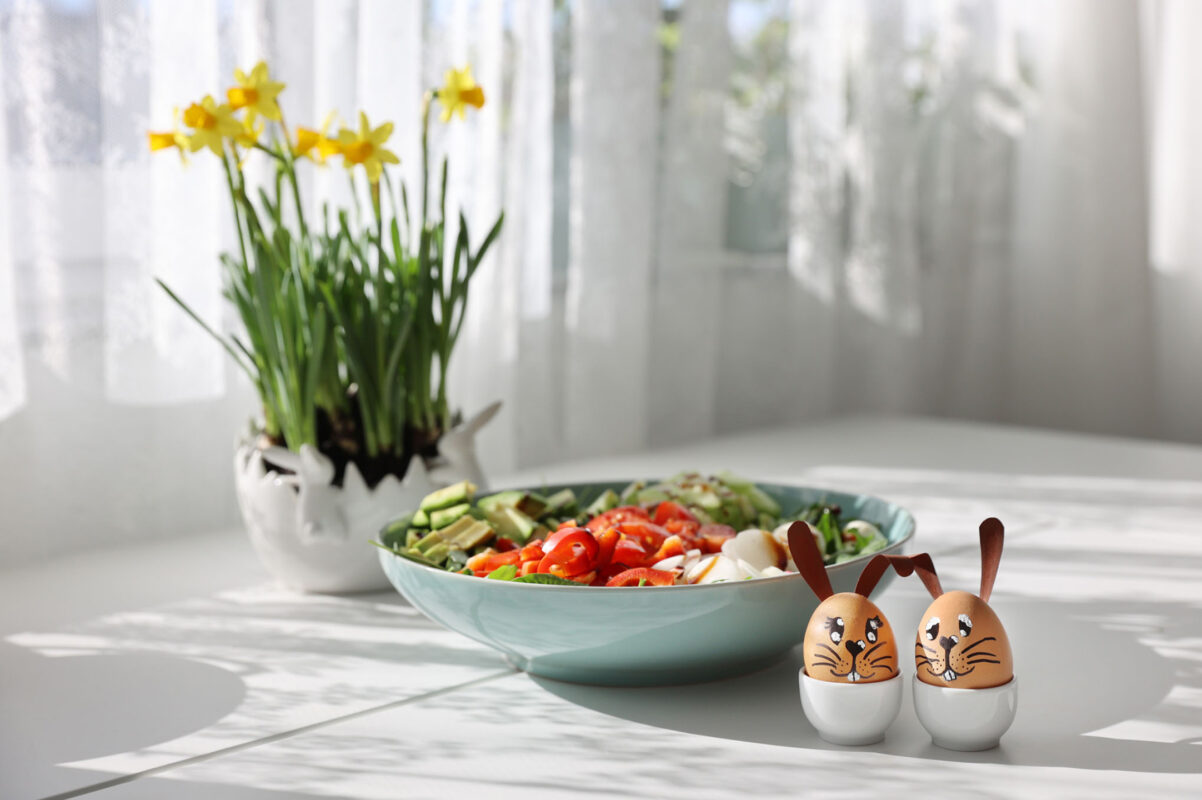
Now you know that it’s possible to satisfy your visual hunger without compromising your health. With a little creativity and mindfulness, you can embrace the beauty in your meals and nourish your body, striking a perfect balance between indulgence and well-being. With a little creativity and mindfulness, we can appreciate the visual feast that life has to offer, both on and off the plate.
PRACTICES
Recognizing Visual Appetite
Here’s a list of practices to help you recognize and explore your visual appetite.
Practice 1
Recognizing Visual Appetite During Meals
As you prepare to eat, take a moment to observe the meal in front of you. Pay attention to the colors, textures, forms, and presentation on the plate. What visually attracts you to the food?
Practice 2
Cookbook or Magazine Exploration
Take a cookbook or a magazine. Browse through the pages, identifying images that stimulate your visual appetite. Count the number of photos in the magazine that make you feel hungry. If the magazine contains recipes, attempt to read some without focusing on the accompanying images. For a more effective approach, have someone else read the recipes aloud. Observe whether just listening to the recipes triggers hunger in you or not.
Practice 3
Restaurant Visits
When visiting a restaurant, take note of anything that caters to your visual appetite. Consider both the menu and any food displays as part of your exploration.
Practice 4
Mindful Grocery Shopping
Next time you’re at the grocery store, pay attention to the product packaging and displays. Observe which items catch your eye and make you feel hungry. Consider the colors, fonts, and images used on the packaging and how they might be designed to stimulate your visual appetite.
Practice 5
Cook a New Recipe
Choose a new recipe to cook without looking at any accompanying photos. Pay attention to the ingredients and techniques described in the recipe, and imagine how the final dish might look. After cooking, compare the appearance of your finished dish with the original photo (if available) and note how the visual presentation affected your appetite for the meal.
Practice 6
Social Media Detox
Take a break from browsing food-related content on social media for a week. Observe any changes in your cravings or eating habits during this time. After the week, compare your experience to when you’re regularly exposed to visually appetizing food images online.
Practice 7
Host a Potluck
Invite friends or family over for a potluck meal and ask each guest to bring a dish that they find visually appealing. During the gathering, discuss the visual aspects of each dish and how they contribute to everyone’s enjoyment of the meal.
Be Alive 🌱
Love ❤️, Julia
Mindful Eating 🥢
Mindful Eating Meditation
GUIDED MEDITATIONS 💗
DISCLAIMER: The materials and the information contained on the Positive Pranic website are provided for general and educational purposes only and do not constitute any legal, medical, or other professional advice on any subject matter. None of the information on our videos is a substitute for a diagnosis and treatment by your health professional. Always seek the advice of your physician or other qualified health providers prior to starting any new diet or treatment and with any questions you may have regarding a medical condition. If you have or suspect that you have a medical problem, promptly contact your health care provider.



